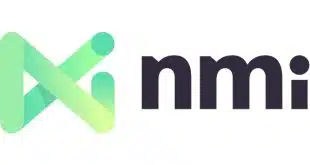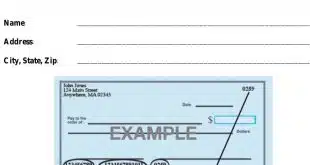Mobile remote deposit capture is poised for a boom, and when it happens it just might be an opportunity for banks and credit unions to capture fee income that, for payment services at least, so far has mostly eluded them. That’s one of the conclusions in a new Javelin Strategy & Research report about mobile capture that also includes updated findings from mobile capture pioneer USAA Federal Savings Bank.
Minneapolis-based U.S. Bancorp this year began offering mobile capture and so far is the only big bank charging a fee the service: 50 cents per deposit. “We’re watching to see how it is accepted,” says Mary T. Monahan, managing partner and research director at Pleasanton, Calif.-based Javelin. “It’s an opportunity for the financial institutions to capture some fee income.”
Banks and credit unions largely missed a similar opportunity in the 2000s when electronic bill-payment services went big time. Thanks to widespread price competition for basic services, they found they could charge only for last-minute, or expedited, bill-pay. But things are different today. Banks’ fee income is under heavy pressure thanks to recent federal regulations that now require customer okays for debit card overdrafts and, unless Congress intervenes, will soon impose draconian debit card interchange cuts. Thus, Monahan believes U.S. Bank stands a chance of maintaining its fee even as many more financial institutions begin offering mobile capture, a service most of the early adopters have offered free of charge.
“It depends on what these other banks decide to do,” she says, noting that banks that want to charge for mobile capture would be better off doing it at the start rather than trying to add fees after consumers become accustomed to free services. “They all need fee income as well. It’s time to start thinking about those fees now.”
Javelin’s research shows that consumers are primed for the service in which they snap pictures of checks with their camera-equipped smart phones and upload the images to their bank via online banking programs, and a tide of new banks will be offering it soon. In a March representative survey of 5,102 U.S. consumers with a mobile phone and who manage household finances, 24% rated mobile deposit as “desirable” or “very desirable.” “When you see 24% of consumers say they like a product, that’s unusual,” says Monahan. “Typically you’ll only see 10%. That’s a hot product and you should jump on it.”
The case for mobile capture as a customer-acquisition strategy is no slam-dunk, however. Some 47% of consumers with a mobile phone still view mobile capture as not desirable and another 27% view it only as “somewhat desirable.” And many banks and credit unions that don’t yet offer the service have concerns about fraud. Javelin interviewed 25 executives from 22 financial institutions for the report. There was widespread agreement among the 79% of executives whose institutions did not offer mobile capture “that the technology would provide value to their customers,” the report says. But almost one-third of the executives claimed that fraud was their biggest concern. Specific worries included forgery, cited by all of the executives, duplicate deposits, cited by 83%, and check manipulation, also 83%.
Javelin, however, says remote capture fraud is more “myth than reality.” The fraud that has occurred has been more accidental than intentional, and the intentional fraud patterns were analogous to traditional check fraud already monitored by back-end screening systems, the report says.
Fearful or not, the majority of financial-institution executives surveyed appear ready to roll out mobile capture. Some 11% said in April that they would offer the service within the next three months and another 11% said they’d start in three to six months. Some 37% planned to offer the service in seven to 12 months. Many plan to offer mobile capture through third-party processors such as Fiserv Inc., Fidelity National Information Services Inc. (FIS), or others.
Meanwhile, San Antonio, Texas-based USAA provided Javelin with an exclusive update about the bank’s mobile-capture program. USAA, a specialty bank with only a few branches serving a dispersed military clientele and their families, began offering its Deposit@Home scanner-based remote deposit capture service in 2006 and in August 2009 introduced a version for mobile phones called Deposit@Mobile. According to Javelin’s report, some 1.1 million USAA members are enrolled in either Deposit@Home or Deposit@Mobile, and as of March, 298,000 members had used Deposit@Mobile in the past 90 days. Members deposited 5 million checks with a total value of $2.9 billion between August 2009 and March, with an average check value of $580. In March, members deposited 508,000 checks totaling $296 million through mobile devices, accounting for 42% of USAA’s total remote capture deposits.
About 80% of USAA’s mobile deposits cleared on the first try. USAA’s cost to process a check through mobile capture is 4 cents, 97% less than the $1.21 average cost for processing through traditional methods, according to Javelin.




